50 inspired Lines, Phrases & Sequences to give you the Blues!
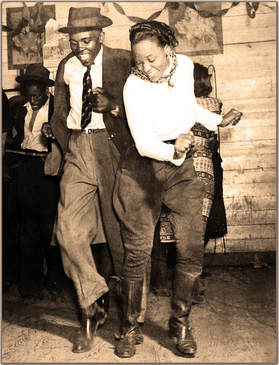
What more can be said that hasn't already been said on the subject, whether one is referring to the musical genre or to one's own state of being?
All I know is ...I got 'em, you got 'em, the whole damn world's got 'em for sure...whether or not we realize it or even care to admit it.
To have the blues is to "affirm one's own existence".
As a form of musical expression, the Blues is the bedrock of Jazz, Boogie Woogie, Rhythm & Blues, Rock & Roll and Funk, and although it's often performed in a group setting, the essence (soul) of the Blues (and Jazz), however, is in the personal statement and expression of the individual.
When all is said and done, it all comes down to you, yourself and your blues.
But don't take that from me:
“Everybody has the blues...there's no doubt about it, but everybody's blues aren't exactly the same and everybody don't express it the same way. They express it according to the type of raising and environment that they've been around.”
Willie Dixon – bassist / songwriter / producer
...which is to say that there are many diverse interpretations as to what the Blues is - or isn't.
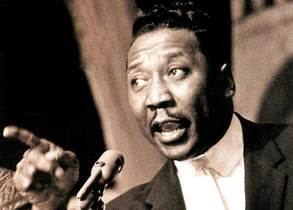 McKinley Morganfield, better known as Muddy Waters
McKinley Morganfield, better known as Muddy Waters
Taj Mahal – Blues musician / folklorist
“Blues is a natural fact, is something that a [person] lives. If you don't live it you don't have it. Young people have forgotten to cry the blues. Now they talk and get lawyers and things.”
Big Bill Broonzy – Blues singer / guitarist
“The blues is instilled in every musical cell that floats around your body.”
Nick Cave - musician, singer-songwriter, author, screenwriter
“The blues is in everything, so it's not possible to neglect it.”
Wynton Marsalis – trumpeter / educator
“Blues is the bedrock of everything I do. All the characters in my plays, their ideas and attitudes, the stance they adopt in the world, are all ideas and attitudes that are expressed in the blues.”
August Wilson – playwright (“Fences”, "Ma Rainey's Black Bottom", "The Piano Lesson")
“When I was a kid, we didn't have any blues stations. I never heard Howlin' Wolf or Muddy Waters or any of those people until the Stones had come along, and I took it upon myself to find out who these people were that they were covering.”
Tom Petty – singer - songwriter / guitarist / producer.
Ditto that! I didn't know about Wolf or Muddy either, and I grew up in New York City.
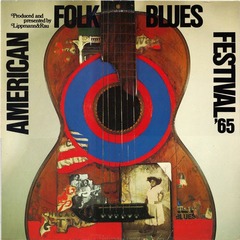
For a generation of mostly non-Black Americans, this resulted in the exposure to what had been largely ignored by the American media for years and hidden in plain sight, under the divisive label of "race music".
For their coincidental contribution to America's cultural enlightenment, it could be argued that the Stones and their contemporaries, in the meantime, have indeed been very well compensated!
A lesser known fact is that these British groups themselves may have never been exposed to the Blues if not for the efforts of German promoters Horst Lippmann and his partner Fritz Rau, who along with the iconic Chicago based bluesman Willie Dixon, initiated, organized and promoted the American Folk Blues Festival in Germany - which was picked up, as well, in England and France - throughout most of the 1960's.
Members of the Stones, as well as other future British Blues / Rock stars-to-be, were almost certainly in the audience at some of those early concerts.
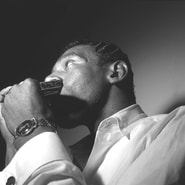 Marion Walter Jacobs (aka Little Walter)
Marion Walter Jacobs (aka Little Walter)
I became mesmerized by the sound of the amplified blues harmonica of Marion "Little Walter" Jacobs, who is credited with being the first musician of any kind to purposely use electronically amplified tube distortion as an expressive musical device.
I taught myself how to play blues harp and learned all of Walter's then available solos, which was an invaluable introduction to Jazz phrasing.
This was the so-called "urban blues" the electrically amplified, citified version of the "rural blues" of the Mississippi Delta, spawned by the likes of Charley Patton , Son House and Robert Johnson and brought to Chicago and other northern cities via the Great Migration.
This was the music, with roots in West Africa, of the children and grandchildren of former slaves, who as "free" Americans, were themselves bound to a form of "legalized" servitude known as sharecropping and "Jim Crow" laws.
While it is impossible to separate the resulting musical expression which became known as "the Blues" from the caste system that spawned it, the Blues, because of its universality, has become part of the musical and cultural vocabulary of Planet Earth itself.
Although there are differing opinions as to what in theory, constitutes the Blues Scale, it seems clear that the pitch set which comprises the Blues tonality (ultimately referred to as a “blues scale”), is derived naturally from the harmonic overtone series – in particular harmonics 4 through 7 – from which the non-tempered equivalent of a dominant 7 chord is formed (C-E-G-Bb in the graphic below, which uses C as the fundamental).
Ex. 1 – The Natural Harmonic Overtone Series
It's important to understand that because of the Western (i.e. “of European derivation”) concept of tempered tuning, which divides the octave into 12 equidistant pitches, or semitones, one runs into a bit of a problem when trying to interpret, within the boundaries of the diatonic Western scale system, the non-tempered elements which define what a “blues scale” actually is.
Is it Major or minor? How or where does it fit into the diatonic modal scheme of things, if at all? These quandaries are enough to give one the blues in their own right!
The concept of Maj and minor (determined by the 3rd scale degree) tends to be blurred within the tonality of the Blues. Referring back to the Overtone Series graphic in Ex. 1, the Maj. 3rd is extremely close to the fundamental (5th harmonic) as compared to the minor or b3rd (19th harmonic) - kind of like the Earth as compared to Pluto in relation to the Sun.
In the original rural vocal Blues styles, both the Major 3rd and b3rd function micro-tonally, sliding between the two. This effect is present with the b5 and natural 5th, as well. On typical tempered scale tuned instruments, such as horns and guitars, this and other types of vocal effects are approximated, to a greater or lesser degree, by employing lip slurs, string bends and hammer-ons, alternate fingerings, half valves and grace notes, as well as mutes and plungers for brass.
Ex. 2 – Sequence from "Blues Deep: Fifty", which employs both Maj and min 3rds as distinct scale degrees.

It's also interesting to note that the typical Blues harmonica, or blues harp, which consists of ten holes, each producing a different note when blowing or drawing, creates a dominant 7th chord when drawing in on holes #2 through #5 simultaneously. Thus, playing a "C harp" in "cross position", produces a G7 chord from the aforementioned holes. Including hole #6 into the mix adds the 9th (G9), something that Little Walter would do on occasion with great effect.
Ex. 4 – A Nonetonic Blues Scale Matrix
This “Blues Scale” should be practiced in all keys for the purpose of gaining familiarity with its components and for its sound, as well as its emotional connotations, which can be an entirely personal thing. It forms a basis for the vast majority of the Blues sequences found throughout this book.
The 50 sequences found in “Blues Deep: Fifty” come from various sub-genres of the Blues, and are not specific to any one particular instrument.
Each sequence is presented as a 2 bar phrase and organized into 12 chapters, one per key.
No chord symbols are given, as each phrase is based on that key's tonic 7th or 7#9 chord, although a dominant or subdominant movement may be implied melodically.
Working these sequences through the keys is useful and practical, especially for horn players, who might often find themselves playing in common guitar keys, such as E, B & A concert, for example.
Also, an important aspect of the Blues which is often ignored - rhythm - is featured in the way these sequences are notated. The majority are presented in triplets with a 12/8 feel, in either 8th or 16th notes, which highlights aspects of the "push and pull" between the 3 and 4 feel, which is inherent in all African based rhythm.
In the words of the great Little Milton Campbell: "Hey! Hey! The Blues is alright!"
|
Little Walter - Flying Saucer
This aptly named instrumental is one of the great, unsung recordings of the 1950s, and should be recognized as such, but its intensity probably scares people.
Not only is Walter in top form, as well as Robert "Jr." Lockwood & Fred Below on guitar & drums respectively, but the slapback echo in time with the music is revolutionary. The aliens have landed and are taking no prisoners! |
Robert Johnson - Preachin' Blues
Robert Johnson's supposed pact with Lu Cipher at the crossroads, etc. has been hyped and romanticized for decades now. Whether he did or didn't, people "sell their souls" on a daily basis for a whole lot less than the immortality he's achieved, in ways that neither he or Lu could have imagined.
"...up this mornin', ...blues walkin' like a man.." Makes you wonder, though! |
Elmore James - The Sun is Shining
Recognized as the "King of the Electric Slide Guitar", Elmore James was known as well for his strong, dramatic vocals. He died prematurely 1963 of a heart attack, just before leaving for Europe as part of the American Folk Blues Festival, which is why there is, to date, no known video of him.
This, however, did not diminish his influence much, as many of his recordings are considered classics. |




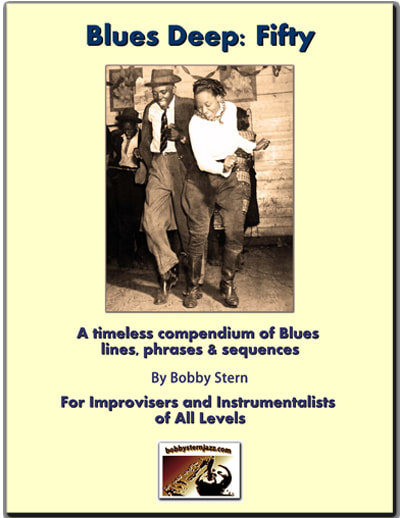
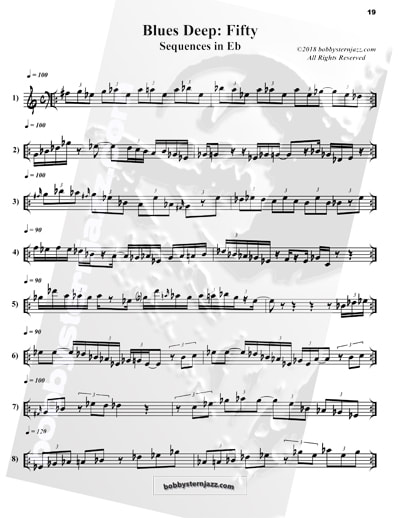
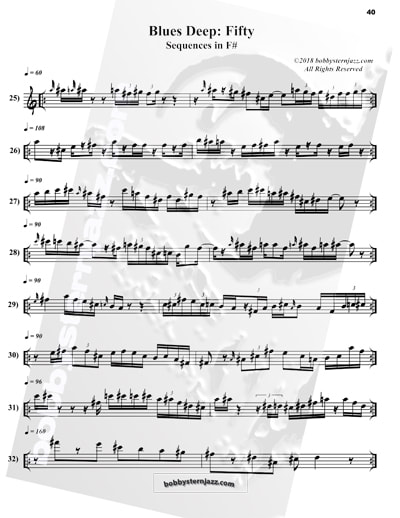
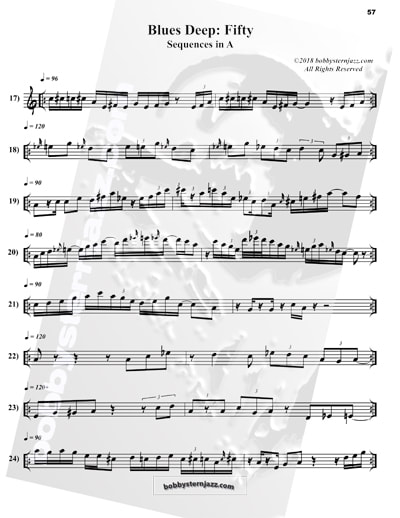

 RSS Feed
RSS Feed









